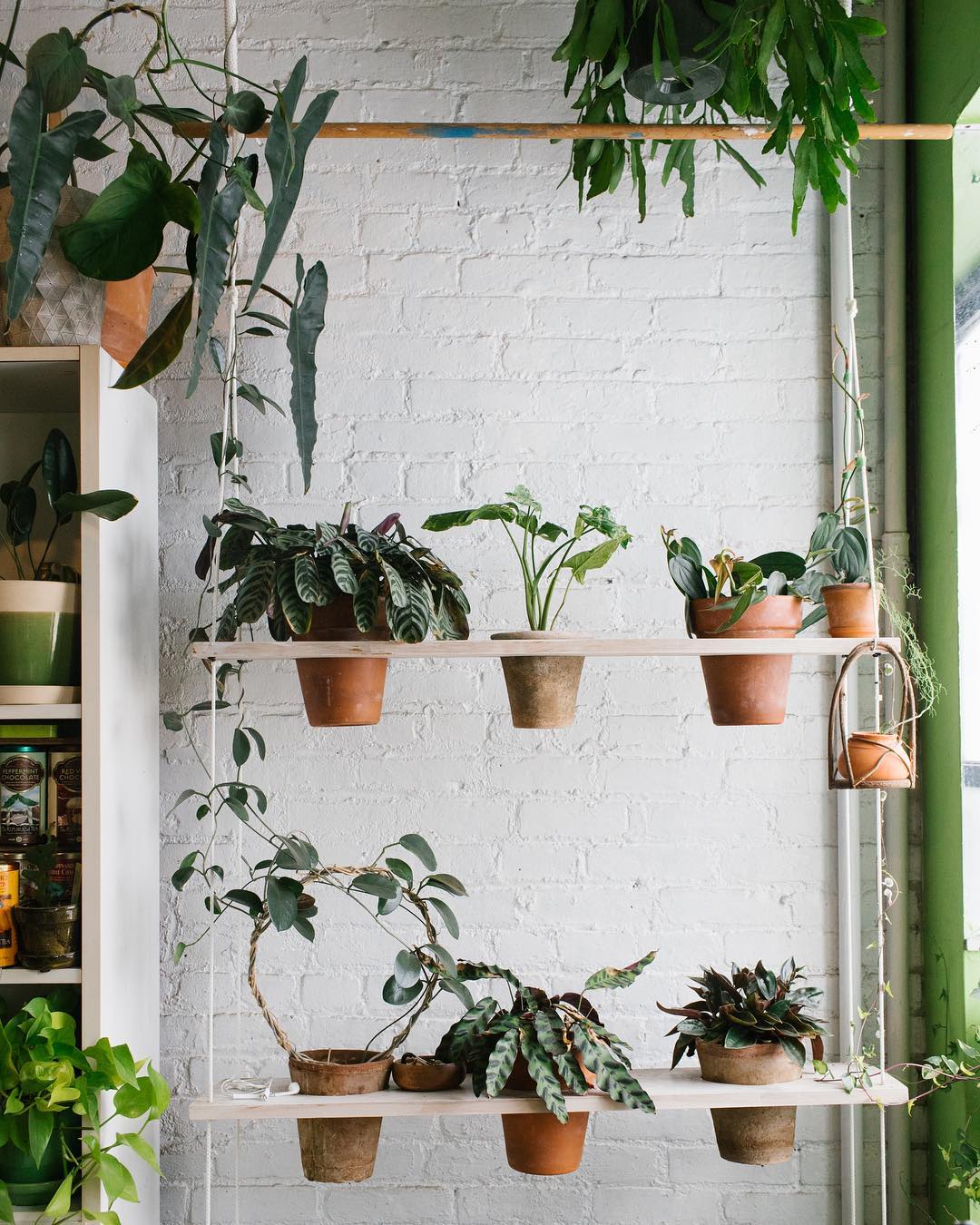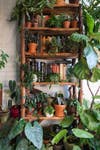I Took an Online Class to Make Me a Better Plant Parent
Here’s what I took away.
Updated Sep 29, 2021 7:19 AM
We may earn revenue from the products available on this page and participate in affiliate programs.
It was becoming a tired punchline. Countless memes had infiltrated Instagram and Pinterest, and even the occasional gimmicky mug or T-shirt, all joking about how easy it is to kill a houseplant. These jokes, ironically, came up on my feed almost as often as did photos of perfectly lush, plant-filled homes. At some point, I decided I needed to make a change. I wanted to be a better plant parent.
I own a lot of plants, but I’ve killed far many more, going through succulents rapidly and replacing some larger plants every season or so like clockwork. Sometimes, though, I’d get it right: a pothos I bought a year ago has grown several feet, and the cactus in my window has always done just fine. Still, I knew I had a lot to learn about the care and keeping of plants, which is why I was delighted to learn that noted plantfluencer Summer Rayne Oakes was releasing her own online Houseplant Masterclass.
Rayne, who publishes expert plant advice on Homestead Brooklyn and her YouTube channel, had noticed that many of the resources for houseplant hopefuls were either too close to the baseline or, when more advanced, focused primarily on caring for outdoor plants.
“Though you can find online courses on everything from garden design to permaculture, there was nothing online that provided both a broad overview and deep dive into houseplant care,” she explains. “And though you can find an assortment of answers on specific houseplant questions online and in books, the information is often scattered across the web and various tomes, making it challenging as a learning experience.”
The resulting course is thorough and suited for plant lovers of all levels—so long as they’re down to get into the nitty-gritty. The Houseplant Masterclass is best for people who want to understand the why behind their plants’ behavior and are open to getting a bit deeper into the science. Oakes uses her own experience growing 750-plus plants across 400-plus species, interviews with varied experts, and scientific studies to pull together a five-section course with over 100 subsections that include images, charts, comprehensive care-of guides, and more.
If you have any plant question, here is where you are sure to find an answer.
As an aspiring Good Plant Mom, I took a preview version of the course and took away plenty of lessons that I’ll now put to the test in my apartment. Here were my three biggest takeaways. If you’re in need of additional guidance, you can sign up for the full course here.
1. Sunlight Is Important… But LED Lights Can Help Too
I’ve accepted that if a spot in my apartment just doesn’t get enough light, it won’t be a great place for a plant, but Oakes does note that sunlight isn’t the only option. She sometimes uses LED grow lights (used on timers) to give some plants the extra dose of light they need, which means hope isn’t totally lost if you want to keep plants in a shady space—as long as you’re willing to invest in the right equipment.
2. The Amount of Water Your Plant Needs Depends on the Light It Gets
I shouldn’t have been too surprised to learn that my window-dwelling plants are likely in need of more water than those in partially lit places. This also explains why it can be easier to overwater your plants in winter months: there’s less sunlight, so plants dry out less rapidly. For most of my plants, this has meant I need to hold off on watering as often as I’d feel compelled to—after all, plants can die from overwatering as much as they can die from underwatering.
3. Your Hard-to-Kill Plant Might Be Different From Someone Else’s
If you’re interested in plants to any degree at all, it’s highly probable that you’ve—at some point or other—Googled “hard to kill plants” or even inquired about them in your local plant shop. Oakes suggests, however, that this isn’t the right question to ask at all. “Next time you go to a plant shop or purchase a plant online, don’t just ask what plant you’d like to live with, but ask what plant would like to live with you,” she says.
The reasoning here is that every home and every room has a different amount of light, humidity, and other tiny factors that can affect how well a plant is able to live, no matter how attuned you may be to its needs. Knowing this, I’ve given up on the areca palm I’ve been sneakily replacing every time it dies on me. Now, I’m focused on maintaining what I already have.
In a large clay pot, my peace lily looks a bit off. It’s lost some volume for sure, from both overwatering and draught. Now, it’s a bit uneven, with only large leaves remaining—it’s no longer the full, dramatic plant I originally bought. But the sight of shorter green leaves gives me hope. Small leaves mean my plant is growing, and that means I might have more of a green thumb than I ever gave myself credit for.
More plants:
It’s Official: These Are 2019’s Trendiest Plants Hacks We Learned From Our Favorite Plant-Filled Homes How to Care for Your Monstera Plant






